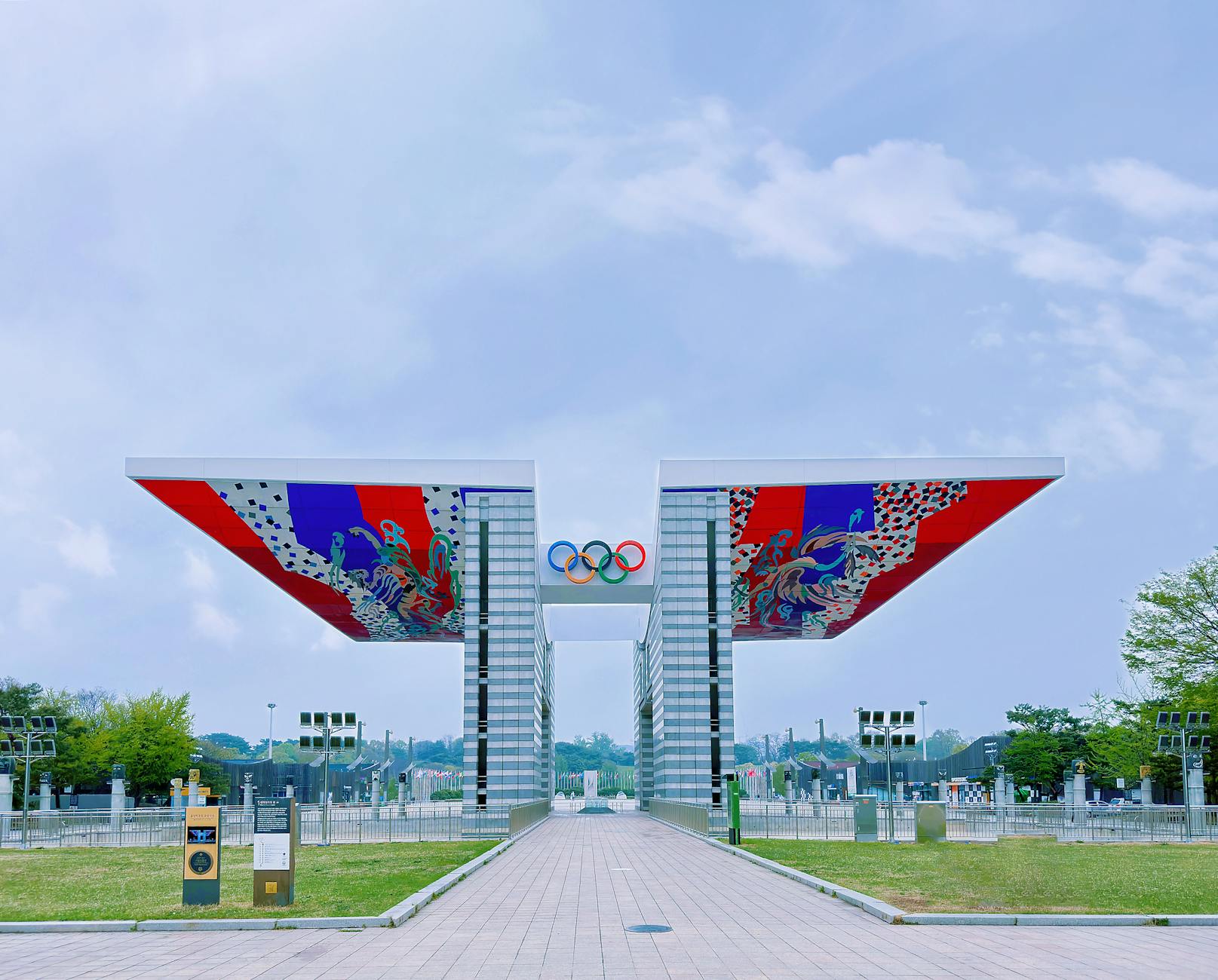The Seoul Sisters: What Explains South Korea's Unending Dominance in Women's Golf?

It is one of the most remarkable and sustained dynasties in modern sports. For more than two decades, a seemingly endless wave of talent from a single country has dominated the landscape of professional women's golf. From Se-ri Pak's historic US Women's Open victory in 1998 to the modern-day exploits of stars like Jin Young Ko and Hyo-Joo Kim, the "Seoul Sisters" of South Korea have set the standard of excellence on the LPGA Tour.
At any given time, South Korean players make up a significant portion of the top 50 in the Rolex Women's World Golf Rankings, a staggering overrepresentation for a country of just 51 million people. This is not an accident. It is the result of a unique and powerful ecosystem that has turned a nation with a short golfing history into the world's most effective production line for elite female golfers.
The "Se-ri Pak Effect" and a Nation's Pride
The story begins in 1998. At the time, South Korea was in the depths of the Asian Financial Crisis, a moment of deep economic pain and national uncertainty. It was then that a 20-year-old rookie named Se-ri Pak, playing in bare feet from a water hazard, won the US Women's Open in a dramatic 20-hole playoff. Her victory was more than just a sporting achievement; it was a symbol of national resilience. She became a national hero, and thousands of young girls across the country, who became known as "Pak's Kids," were inspired to pick up a golf club.
This created a powerful cultural phenomenon. Women's golf became a source of immense national pride, and its top players are treated as celebrities on par with K-Pop stars. This cultural significance fuels the entire system.
A Hyper-Competitive Pipeline
The Korean junior golf system is a hyper-competitive, all-consuming crucible. Aspiring players often start at a very young age, dedicating their entire childhoods to the sport. Many attend specialized golf academies where they live, study, and practice for up to 10 hours a day, a level of singular focus that is rare in the West.
This system is supported by a unique family structure, where parents, particularly fathers, often dedicate their lives and finances to their daughters' careers, acting as coaches, managers, and mentors. This immense parental investment creates a powerful source of motivation and pressure.
The KLPGA: A Proving Ground
Unlike in many other countries, aspiring Korean golfers do not need to go to the United States to turn professional. The domestic KLPGA Tour is one of the most lucrative and competitive women's golf tours in the world. It serves as a perfect proving ground, allowing young players to hone their skills in a high-pressure professional environment before making the leap to the international stage of the LPGA.
This system is underwritten by a robust corporate sponsorship model. Major South Korean corporations, from financial institutions to food companies, sponsor tournaments and sign promising young players to lucrative endorsement deals. This provides the financial stability for players to focus entirely on their game.
The result of this ecosystem—the cultural pride, the intense training, the family support, the competitive domestic tour, and the corporate backing—is a generation of players who arrive on the LPGA Tour technically proficient, mentally tough, and ready to win from day one. It is a dynasty built not on chance, but on a powerful national commitment to excellence.
